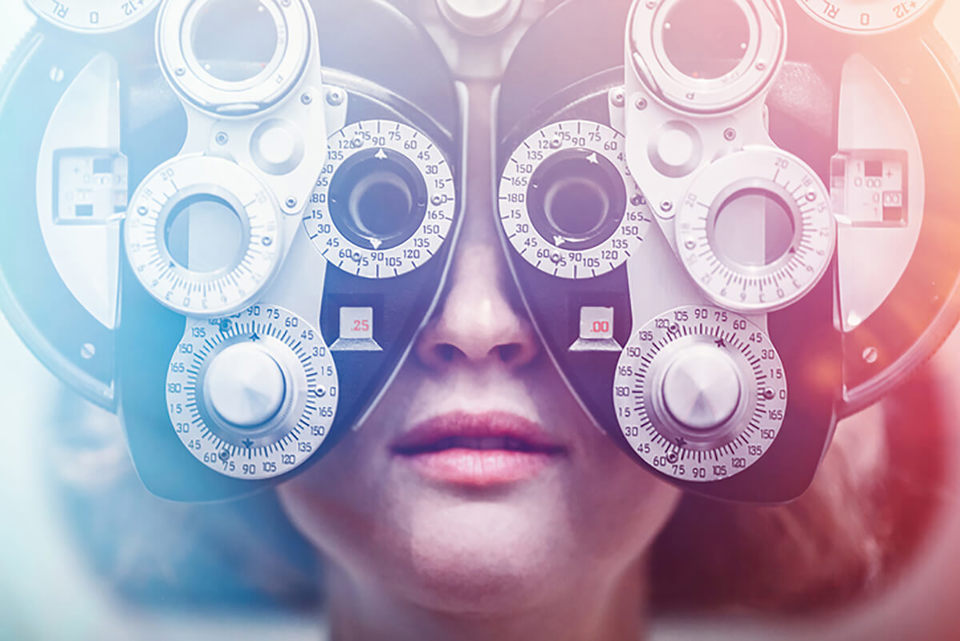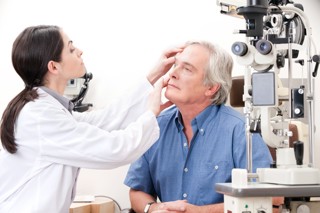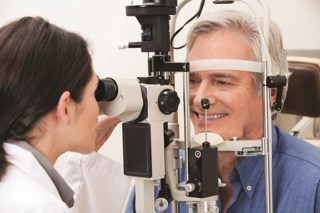Drivers are failing to have regular eye tests to ensure they are not a risk on the road, a survey by Venson Automotive Solutions suggests.
It found that 40% of respondents have not had an eye test within the past two years – the maximum recommended period between tests.
If a driver is stopped by police and found to be unable to meet the ‘standards of vision for driving’, they could receive a £1,000 fine or points on their licence, but most are likely to have their licence removed.
While it is not a legal requirement for drivers to update the DVLA if they have been prescribed corrective glasses or contact lenses since they passed their driving test, the Venson survey showed that one in three responsible drivers had taken it upon themselves to do so.
Other conditions affecting vision may need to be reported including anxiety, high blood pressure, depression and diabetes* and could mean they cannot legally drive certain types of vehicles, particularly lorries and buses.
“Leaving more than two years between eye tests puts drivers at risk of being unsafe on the road because eyesight can deteriorate rapidly within that time,” said Alison Bell, marketing director for Venson Automotive Solutions.
“Anyone can be stopped by the police and be asked to take a roadside sight test, regardless of whether the DVLA is aware of a health condition that affects your eyesight.
“Failing that test can have serious consequences and may leave someone without a licence and unable to drive. For someone who needs to drive for work, the consequences are extensive.”
Bell says that fleet operators have a duty of care to ensure their drivers are safe on the road, and that includes meeting the required standards of vision for driving.
“If a fleet driver is found to be unable to meet the required standards of vision the company could be liable as well as the driver, and the driver may not be able to continue driving,” she added
“Therefore, it is in the best interests of the fleet operator as well as the driver to ensure eye tests are carried out at least every two years and that drivers always wear any corrective glasses or contact lenses they require.”























Login to comment
Comments
No comments have been made yet.